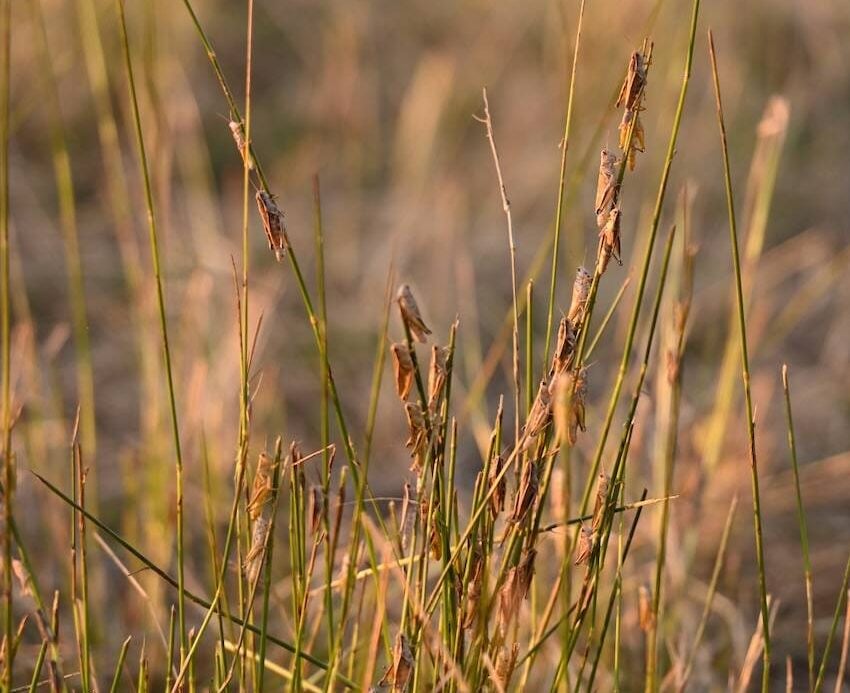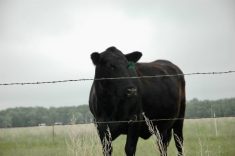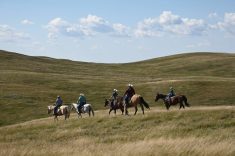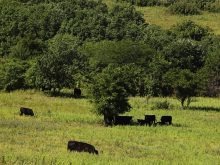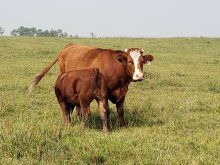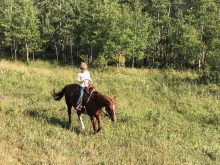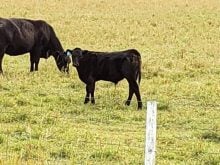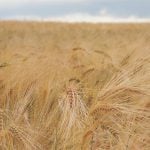Summer has a soundtrack, and for better or worse, one song I can’t seem to get out of my head is “Bitin’ List” by Tyler Childers.
It’s not particularly tuneful, and the lyrics will never be mistaken as profound or deep, but summertime anthems don’t care.
The chorus, “If there ever come a time I got rabies, you’re high on my bitin’ list,” has inspired viral videos themed around things people simply cannot stand. I tend to focus on the positives, but this twangy tune has prompted me to think about what would be high on my ranch biting list…
Read Also

Syngenta rolls out Envita Dry nitrogen-fixing biological
A new formulation of the Envita bacterium distributed by Syngenta is expected to help farmers tap into more of the nitrogen crops need throughout the season — without adding more fertilizer.
Coming in at number one is invasive weeds. Leafy spurge, downy brome, baby’s breath, absinthe, bindweed, chamomile — the list goes on and on. The threat of invasives can be regional and specific, but also general and widespread.
They’ll infest rangeland, pastures and waterways whether they’re well-managed or not. You can take great pains on your property to prevent and contain weeds, yet wind, water, feed, wildlife, livestock, equipment and other vectors can provide a direct pathway for these detestable plants to infiltrate your land. As a producer, volunteer and (back-in-the-day) professional, I’ve spent way too much time and money scheming, mapping and spraying these plants.
Gophers may be part of the everyday environment, but around here we’ve experienced them in plague-like proportions for about seven years out of the past two decades. This has prompted me to catalogue them on the naughty list.
Speaking of biting, they munch our pastures, hay and annual crops, and they once gnawed the buds out of my new tree saplings. They dig down beside the foundations of our buildings, excavate my garden and build a dangerous network of tunnels, making it almost impossible to ride a horse or drive a pickup across some pastures. The only time I cheered with delight at their antics was when a gopher dined on my newly planted larkspur — the joke was on them, because larkspur is poisonous.
A grasshopper invasion is another thing to index. While they haven’t bothered us as badly this year as they have in the past, I have a very recent recollection of them eating our annual and perennial crops, stripping the tree leaves and even devouring Canada thistle and sagebrush. I have a lot of sympathy for producers who are still fighting the good fight against hoppers. Their damage is swift, whether it’s targeted at seedlings, well-established crops or those ready for harvest.
Last but not least, I’m listing raccoons. They’re cagey, a tiny bit cute and wildly destructive. They’re nimble and bolder than brass. Ironically, raccoons can transmit rabies, so they are more likely to bite me than the other way around. On one of our first dates, my husband introduced me to tactical raccoon management. He spotted a few of the wily wildlife barricaded inside an old building and quickly deployed me as backup.
Twenty-five years later, we’re still collaborating to keep the critters from setting up camp on our ranch. I wonder if our relationship would have flourished if I hadn’t passed the raccoon removal test decades earlier?
Every ranch endures challenges that make us foam at the mouth more than others. To a certain extent, some, like invasive weeds or pesty raccoons, can be managed with proactive prevention. Others, like gopher and grasshopper infestations, are largely out of our control. Even so, our reaction to handling those troubles can be mastered. When things get biting, a positive attitude might be the most effective antidote.

